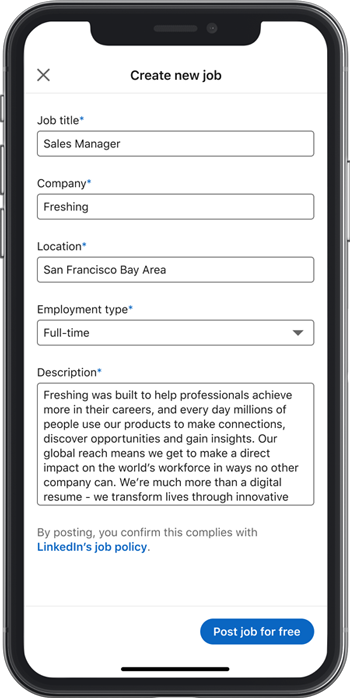In episode 38 of The HR Famous Podcast, longtime HR leaders (and friends) Tim Sackett, Kris Dunn, and Jessica Lee discuss whether having two bosses or two CEOs (dual leadership in major corporations) ever works, superior genetic traits and dress codes in a WFH environment.
Listen (click this link if you don’t see the player) and be sure to subscribe, rate, and review (Apple Podcasts) and follow (Spotify)!
Show Highlights:
3:00 – Tim found an article about genetic superiority and the fact that redheads are superior (seems a little biased that Tim found this one). Redheads feel 25% less pain and run hotter in addition to other superior traits.
6:30 – JLee brings up the genetic superiority that Koreans have such as dry earwax and a lack of body odor when sweating. The HR Famous crew is full of genetic superiorities!
8:30 – Do you find that the redheads in your life run hot in temperature and anger?
9:20 – Next topic: Business Insider reported on the two CEOs of Netflix and dual leadership at that company. They said that this resembles a family where there are often two CEOs leading a single-family.
13:00 – Tim gives an example of his work at Applebee’s and how the CHRO and the CEO had a co-CEO like relationship where the CHRO was very beloved by employees but the CEO was running a lot behind the scenes.
16:00 – JLee thinks it might be a little ridiculous to give out the compensation packages that a CEO of a company like Netflix would get to two different people. She also doesn’t know if a two-parent analogy is the best comparison because she thinks often one parent is doing more than the other.
20:30 – KD mentions two different places that dual leadership can go haywire. He thinks that who makes the final decision may be an issue in addition to the issue of an “I don’t know who my boss is” sentiment among employees.
24:00 – Next topic: dress code policies for virtual working. Some HR departments are trying to reconsider what a dress code looks like in a virtual environment.
25:30 – KD thinks that dress code violations tend to come more in the vain of overdressing rather than underdressing.
28:00 – JLee thinks the charade of putting a suit on for one call or presentation is a little bit ridiculous and not very genuine.
31:00 – Let JLee wear her ripped jeans! KD asks JLee what is actually inappropriate to wear on a video call. JLee thinks T-shirt and athleisure are 100% OK.
33:30 – Tim says that he’s gotten better about asking what is appropriate to wear for meetings instead of shooting in the dark.

